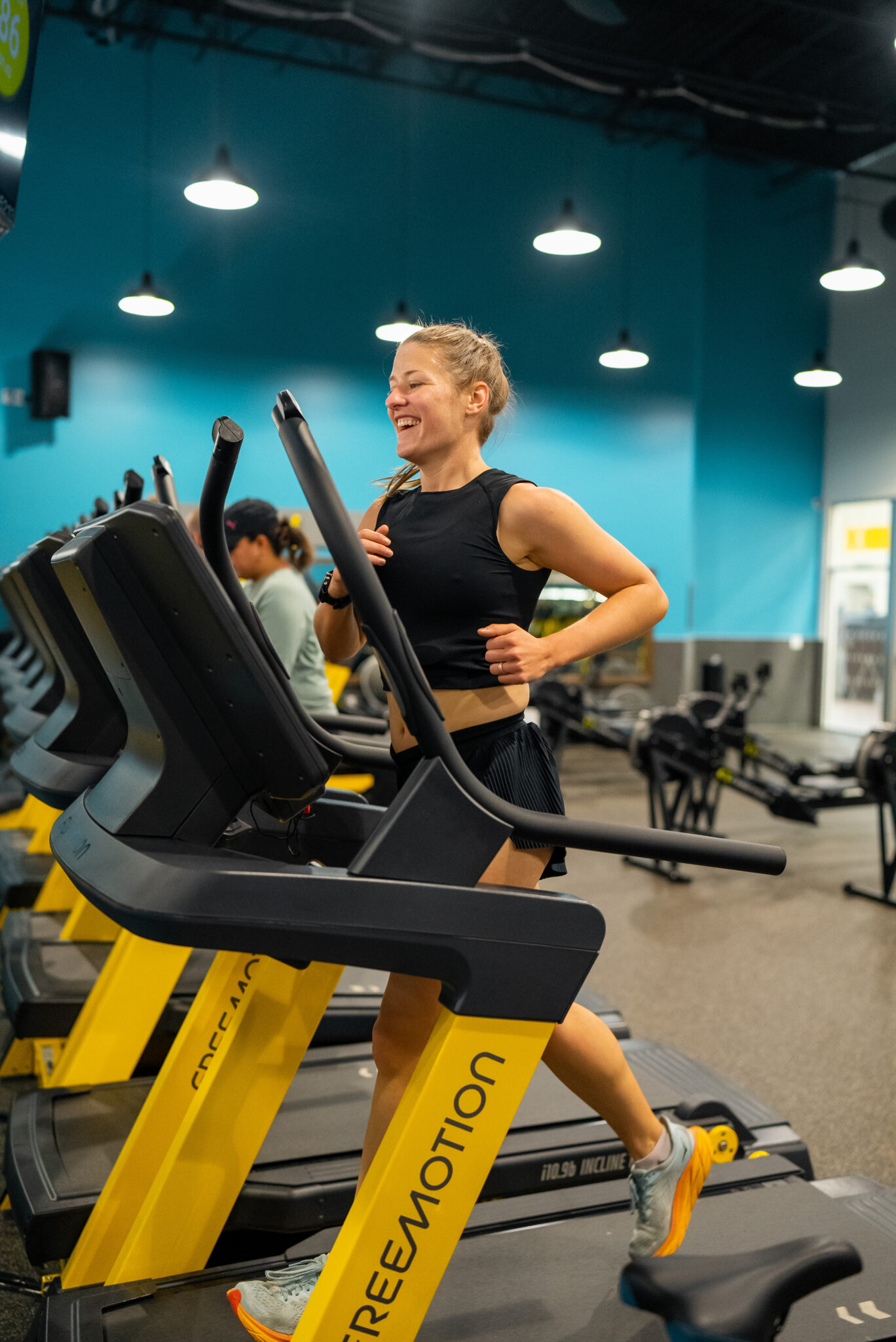Physical Address
304 North Cardinal St.
Dorchester Center, MA 02124
Physical Address
304 North Cardinal St.
Dorchester Center, MA 02124

Learning to improve resistance and resistance may seem intimidating, especially if you are new in the physical state.
But whether you are considering joining a gym for the first time or having been running on the tape to run three times a week, improving resistance and resistance are practical objectives.
That is why we are dedicating a complete resistance and resistance guide. We will touch your differences, we will offer training options for both objectives and help you navigate in Common Roadbocks (regardless of your experience level).
Before I can learn to improve resistance and resistance, you must understand the difference between these two metrics.
They are similar, but different:
Let’s use some examples to demonstrate the difference:
While they are different, both are essential to the physical condition, regardless of your experience level.
If you are looking to get a Gym members With the purpose of building resistance, you are lucky: there are many things you can do in the gym to improve your general performance and learn to endure intense training.
If you want to improve your performance and learn to overcome pain (in other words, build resistance), high intensity force training is an excellent combination for you.
What makes training “high intensity”? High intensity routines follow a pattern:
… and the cycle continues.
Although it can certainly match the high intensity approach with cardio -centered training (a strategy that can be seen in a group fitness class), you can also create training focused on high intensity.
How could that be? Here is a high -intensity resistance routine for legs specifically:
You will notice that each set is heavy with few repetitions, and that the rest period between each set is quite short. This approach will help him develop his intensity tolerance: that is resistant in a few words.
You will notice that, in the previous example training, we only list compound elevators.
That is by design: by involving multiple muscle groups at the same time, it can increase intensity tolerance at a broader level. Other benefits of compound elevators include:
All these benefits also support resistance construction: they will increase their ability to withstand intense training.
Super -conjunctions can help you develop the general energy capacity (and save time in the gym).
But what exactly is a superconjunct? During a supercontent, complete multiple exercises with limited rest (or zero) between each one.
There are two different ways of structuring superconjuncts: it can match alternative muscle groups (antagonistic supercontes) or work the same muscular group repeatedly (agonist superconsamines). Your choice will depend on your specific goals and training preferences.
Here are some examples of antagonistic supercontes:
The most important thing to remember when building a superconjunct is to maintain its short rest periods, that is the key to building resistance.
If a gym test began with a main objective of improving resistance, we have two recommendations for training approaches that can help you get there.
During resistance training, you must focus on making repeated movements while maintaining a good shape for the most possible time.
That is Cardio, baby.
Classic stationary cardio exercises really shine here, things like:
But steady state It is the operational phrase. To build resistance, you want to maintain a low to moderate intensity for a prolonged period. While you still have to heat and gradually increase the intensity until you reach your maintenance rhythm, try to stay constant: walk, swim or ride at the same pace for more than ten minutes (or more).
If you are a newcomer to physical aptitude, you can adopt a gradual approach to build your resistance. Your ideal resistance construction plan can be seen something like this:
Note that, every time its speed increases, its general time decreases: in the first days of resistance construction, you must give your body time to adapt to a new level of intensity. (And, although it may not seem, there is a big difference between walking 3.2 mph and jogging 3.5 mph, we have all been there).
If you are not a conventional cardio fan, you can get the same benefits for the construction of weight training resistance.
But, although it can focus on heavy compound elevators for resistance construction, resistance construction requires the opposite approach:
The creation of resistance and resistance requires work: work already maintained long term. To stay healthy and maintain your consistency in your search, make sure:
Unfortunately, the approaches focused on resistance or resistance can lead to plateaus: several days or weeks in which the hump cannot exceed and reach a new level of intensity. We have some plateau tips:
Whether it is a newcomer or a gym veteran, they are possible errors. Here are some common Andafu (with solutions you can use to correct the ship):
Whether you want to rely on resistance training or develop better resistance, your training plan should be customized: pay attention to your preferences, listen to your body and stay consistent. You will be crushing your goals in a short time.
But there is another way to prepare for success: find a community of friendly and support gymnastics. A family of fitness can take responsibility for him to jump over the plateaus and make the work more fun.
Enter Chuze Fitness: the gym that is more than friendly, beyond impeccable and beyond well equipped. Everyone deserves an incredible gym, and that is us.
Find an location of Chuze Fitness near you to start.
Sources: